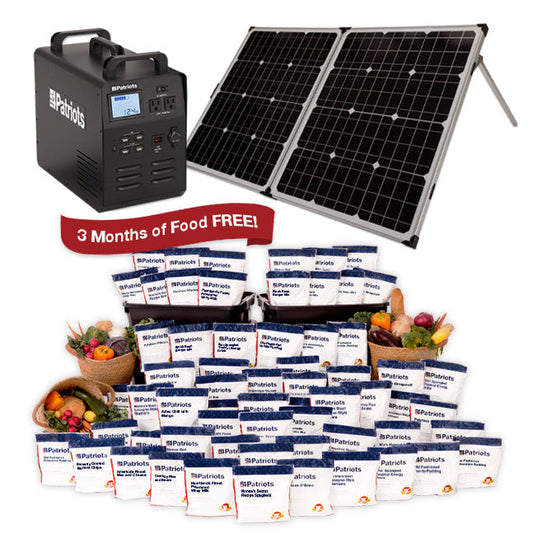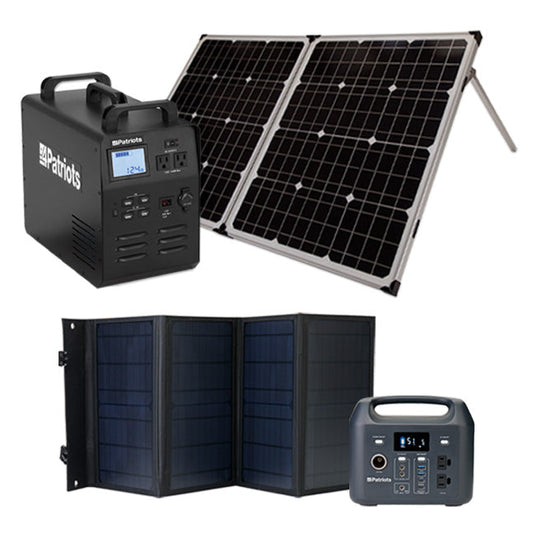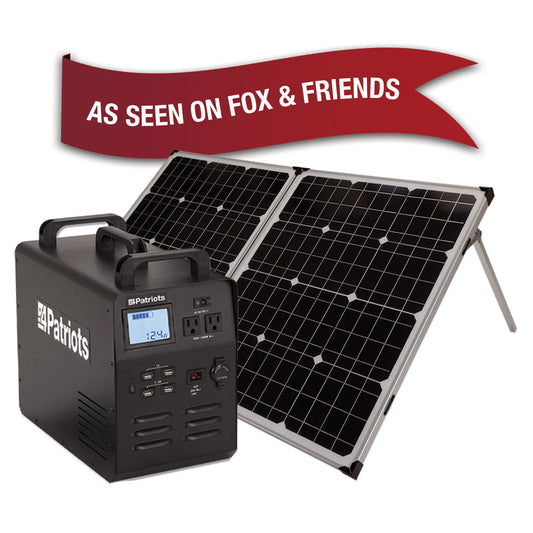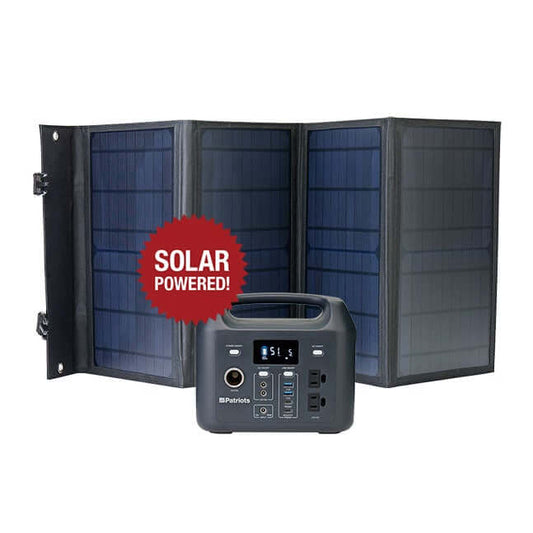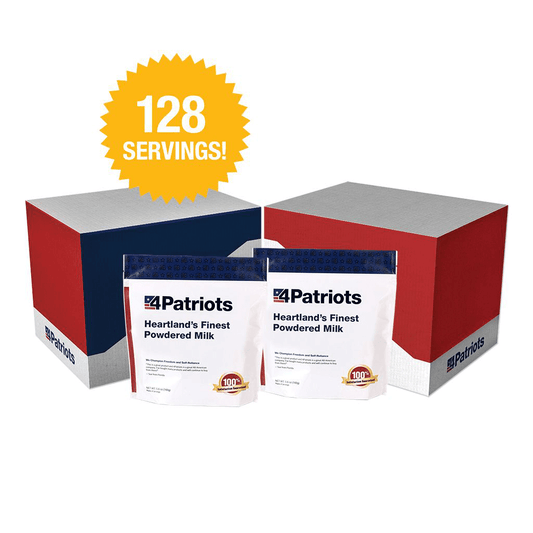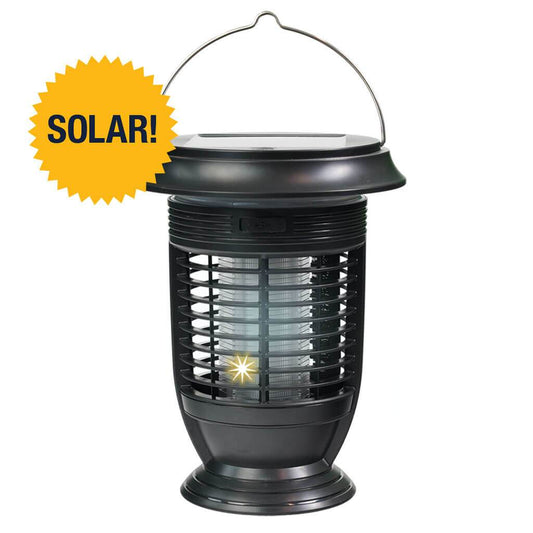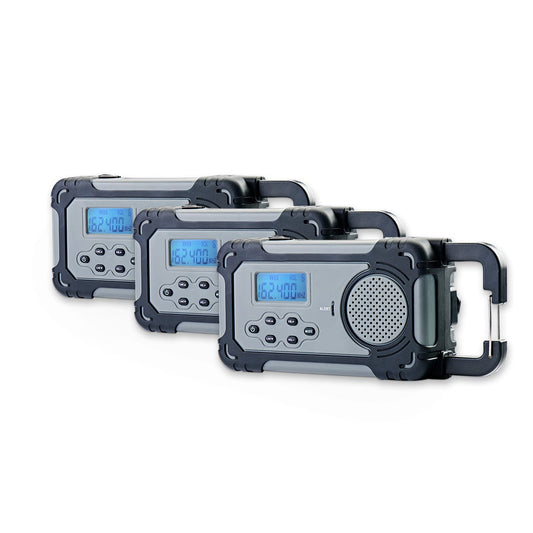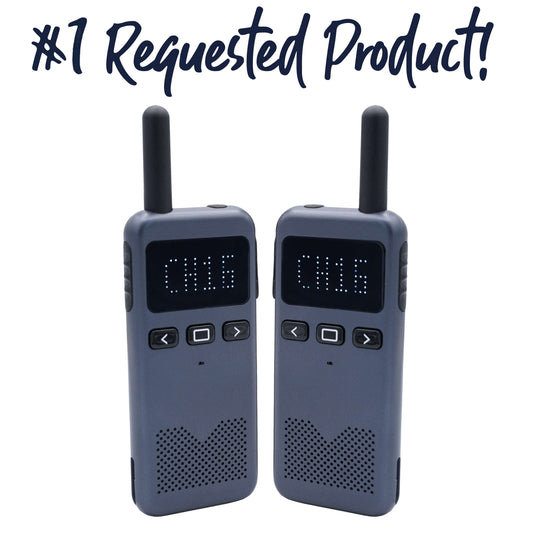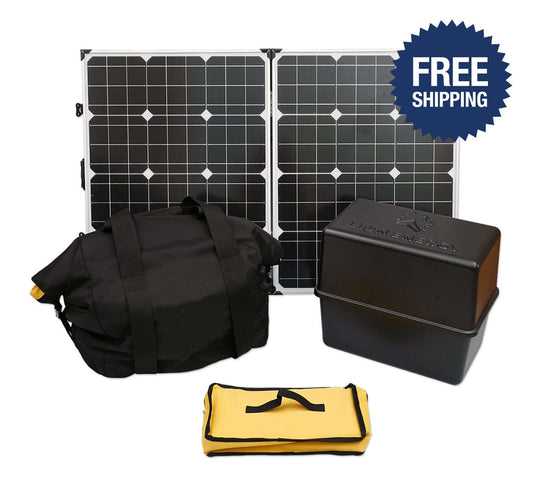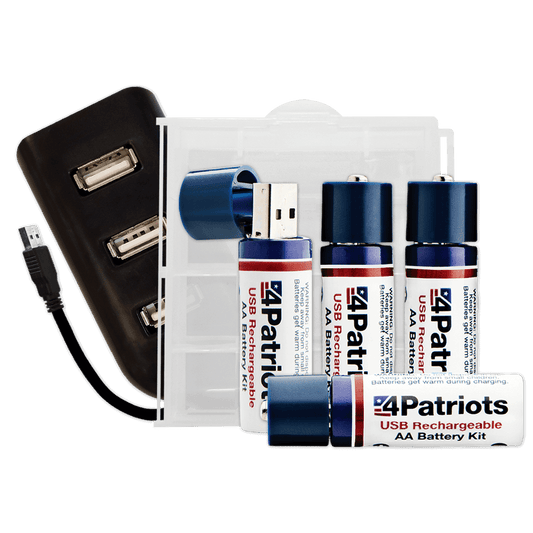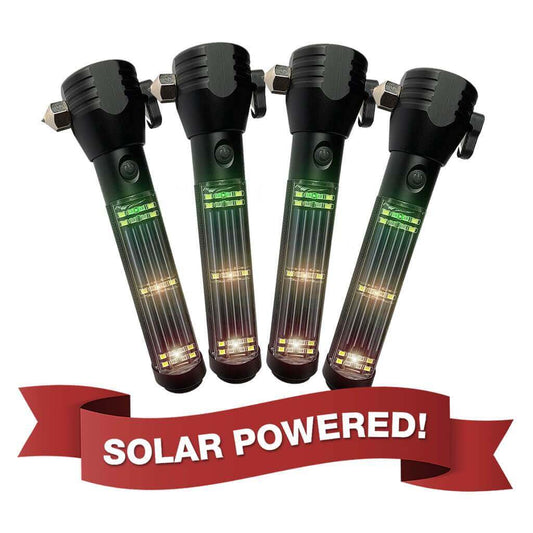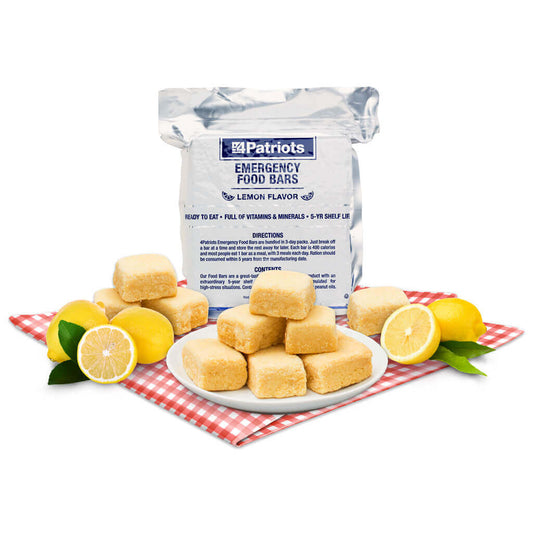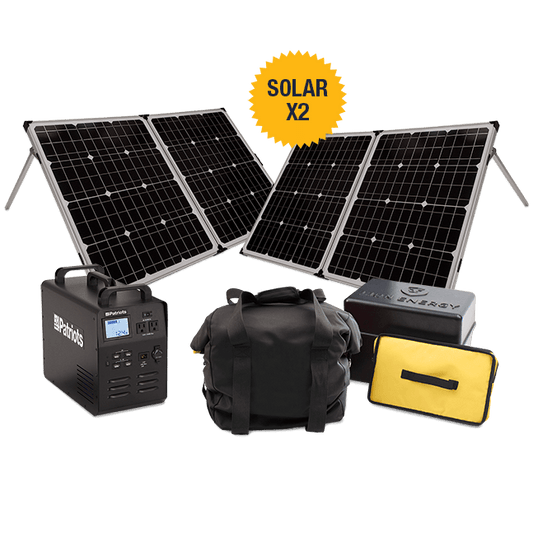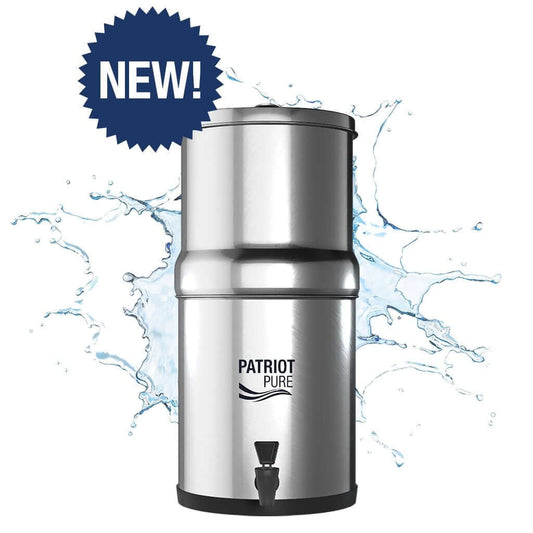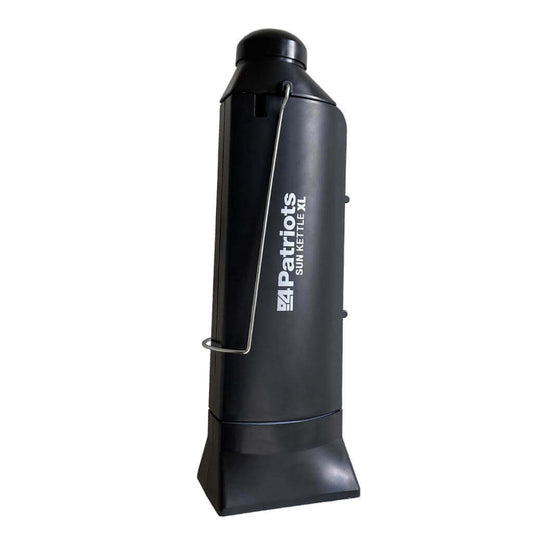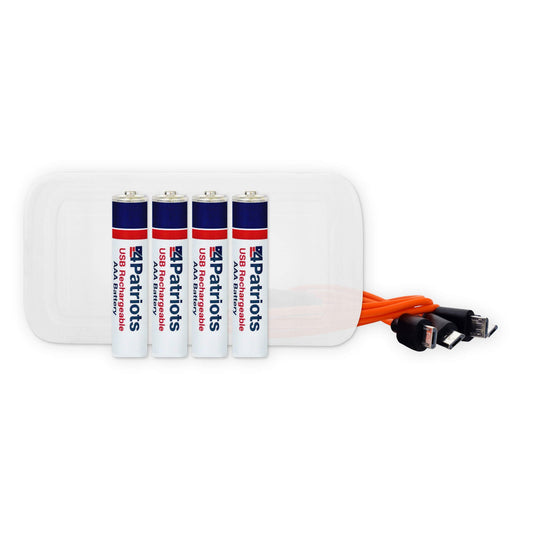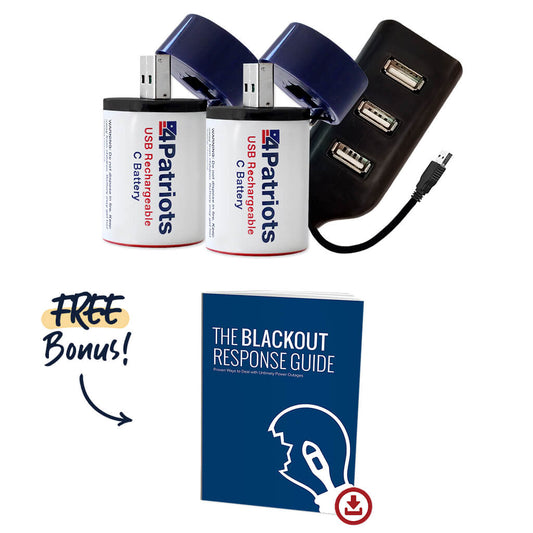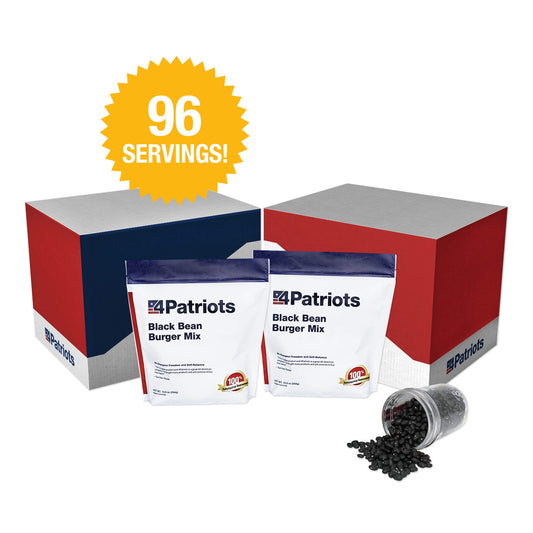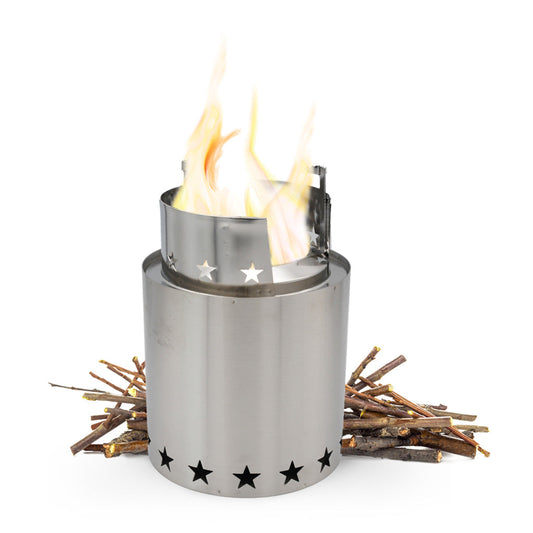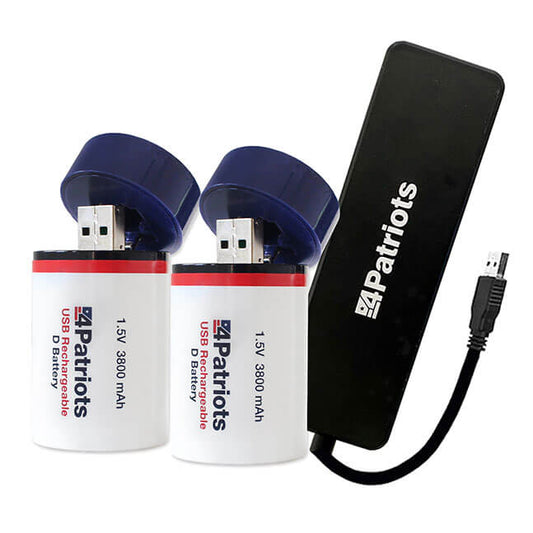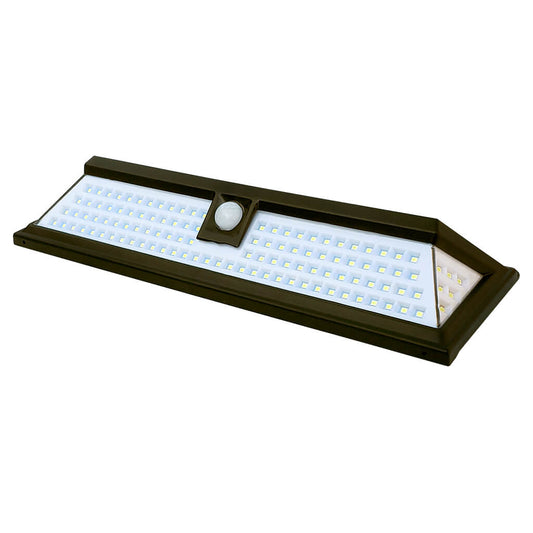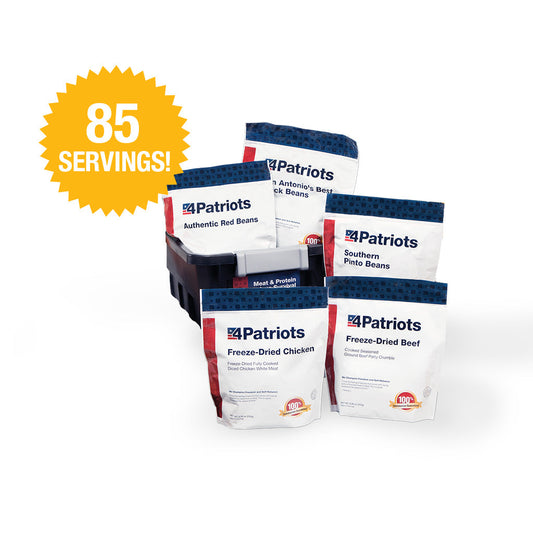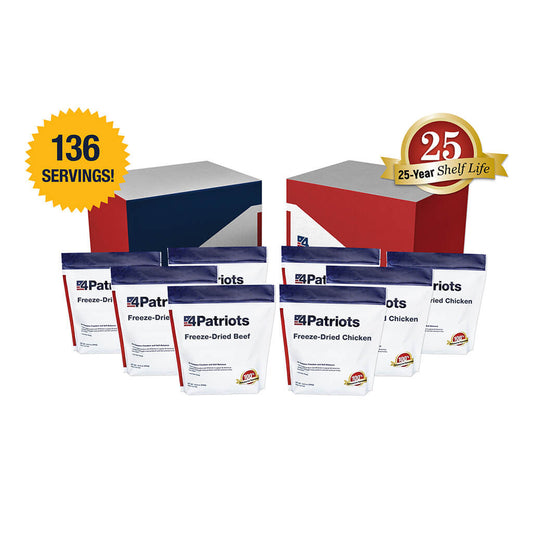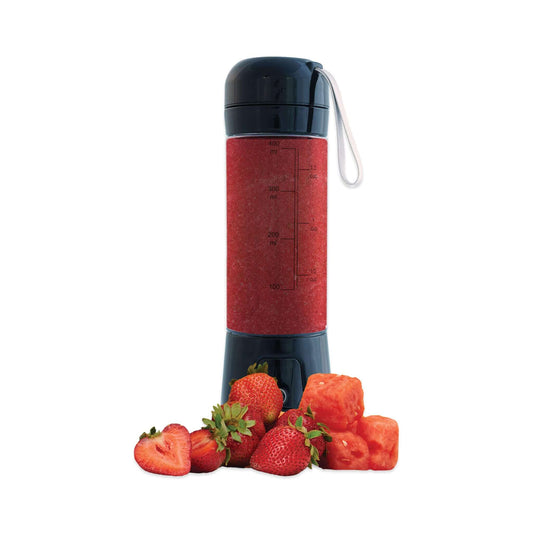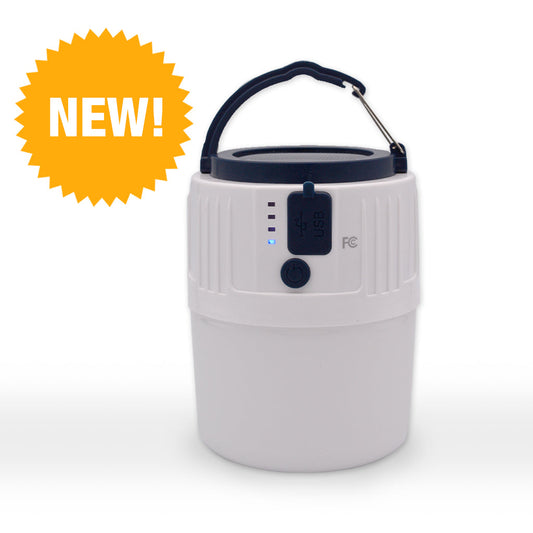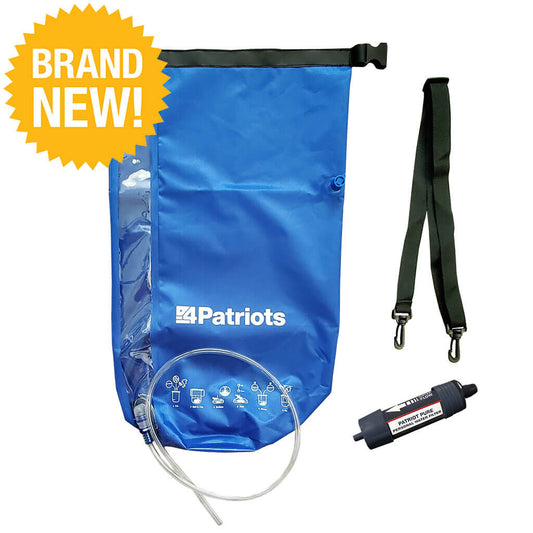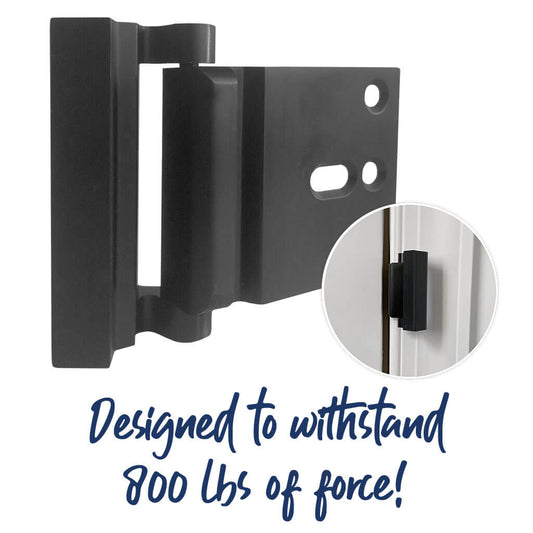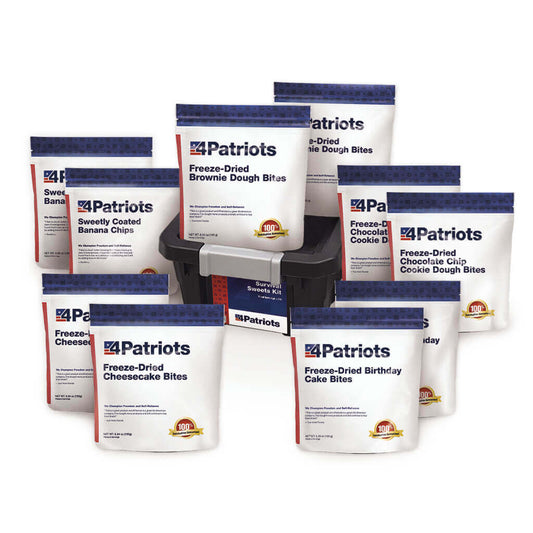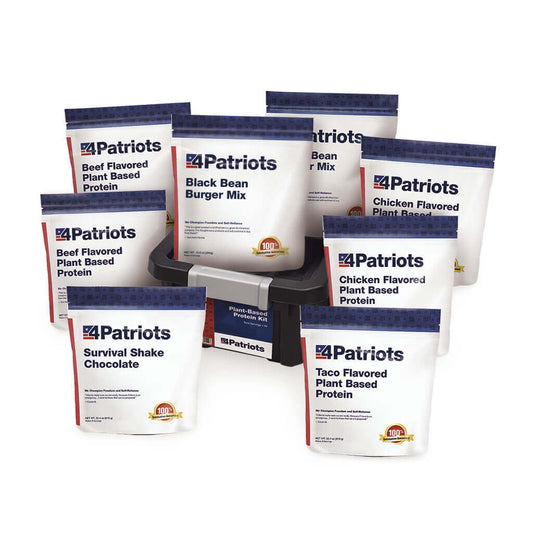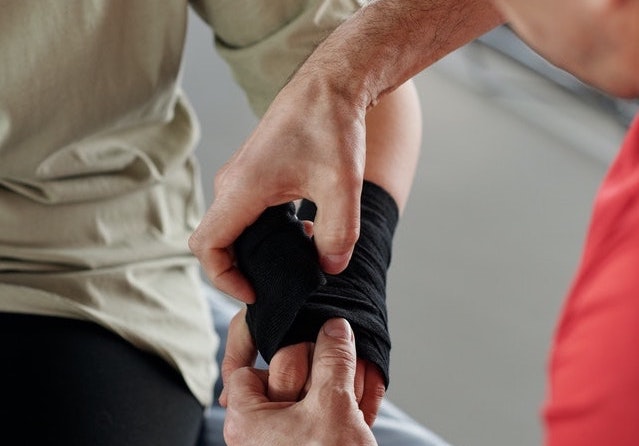
Tilt The Odds in Your Favor And Get Some First-Aid Training

One of the very best pieces of advice I can give regarding survival is “GO AND GET SOME MEDICAL TRAINING” because when bad things happen, people get hurt. During actual emergencies, you’ll have no time to flip through a book and learn. Being ill-prepared, regardless of your other strengths or abilities, could be your death knell. Believe me; you do not want to stand by helplessly if someone you care for is in dire need of immediate care and you can’t help.
In the SEAL teams we all receive extensive “battle field” medical training, not to mention our incredible Corpsman (medics), who I would trust to perform many procedures that surgeons who spend years in school/training learn to execute. The scope of this training was to try to stabilize an injury in the field (while being shot at) until MEDIVAC arrives to transport to a medical facility where the true professionals can go to work. I know many of you won’t find yourself in a combat situation abroad, but given the recent occurrences in our country, in many ways you are in combat. Will you be ready?
Every SEAL platoon has two highly trained medical personnel called Corpsman. When I say highly trained, I mean able to perform life-saving surgical procedures while avoiding bullets and explosions all around them. It’s been proven that getting everyone out alive often comes down to how quickly life-saving techniques are performed at the onset of an injury and these guys are the best!
At a minimum, you should attend a basic First-Aid class and get your CPR certification. Several years ago, when I was considering becoming a firefighter in Los Angeles, I trained to become a nationally registered EMT. I knew how important these skills were as a SEAL. The invaluable knowledge I learned as an EMT enabled me on several occasions as a civilian to save lives.
*** The information I provide here is designed for educational use only and is not a substitute for specific training or experience. “Good Samaritan” Law was established in 1959 to protect you from liability if, in good faith, you attempt to render emergency care at the scene of an emergency. Understand that if you are not properly trained or certified to conduct certain medical procedures or are operating beyond your level of training or “scope of practice,” you may have to deal with legal repercussions. I am only bringing this up to further stress the importance of receiving medical training. That said, each situation will be different and you will decide what you can or will do, depending on the survival scenario encountered. ***
Scene Size-Up: If you arrive at a scene where someone is injured, the first and most important thing to do is what’s called a “scene size-up.” Similar to a threat assessment, a “scene size-up” requires utilization of all your senses and an alert mind. You must quickly identify possible hazards and decide whether it is safe to enter or stay at this location. The last thing you want to do is to rush in to help, only to become one of the injured because of falling debris, explosion, toxic fumes or violence, for example.
Too many hurt, not enough help. You may find yourself at a mass casualty scene where there are several injured people and you are the only one who can help. How do you decide who to help first? Triage is a system used for sorting patients to determine the order in which they will receive care. This will require you to make some tough decisions, but it will also allow you to provide care for and save the ones that you can.
Categories
Priority 1: The injured who can be helped by immediate care (major bleeding).
Priority 2: The injured whose care can be delayed (minor bleeding).
Priority 3: Those with minor injuries, who need help less urgently (fracture).
Priority 4: The expectant who are beyond help (deceased or fatal injury).
Your immediate priorities for treating the injured are:
ABC is the acronym you must remember for survival medicine. This is a method of emergency first-aid used to check that the Airway is open, the person is Breathing and that there is a pulse or other signs of Circulation.
- Restore breathing and heartbeat if absent.
- Stop any bleeding.
- Protect wounds and stabilize fractures or dislocations.
- Treat for shock.
If an adult stops breathing but still has signs of circulation, call for EMS (Emergency Medical Services), and then begin Rescue Breathing. If a child or infant stops breathing but has signs of circulation, perform Rescue Breathing for 2 minutes before calling for EMS. Then resume Rescue Breathing.
How to do it:- Pinch victim’s nose closed with your fingers and put your mouth over their mouth.
- Exhale two full, slow breaths, each for 1 to 1.5 seconds.
- Then withdraw and wait for the victim’s lungs to deflate.
- If you don’t hear air exhaling, then reposition the person’s head and try the procedure again.
- Check for any signs of breathing and circulation, and then continue the method, waiting about 10 seconds before each attempt.
CPR (Cardiopulmonary Resuscitation)
*** CPR techniques have been updated several times in the last decade, which again is why I highly advise that you take a First-Aid/CPR course to be updated on the most recent technique. ***
2. Stop the bleeding: During catastrophes, accidents and survival situations, expect to see blood. Take action and don’t get freaked by the amount of blood you might see. As you know, blood is our vital fluid, and if too much is lost, you’re dead. The faster you can focus and remain alert, not panicking by the amount of blood you may or may not see, then positive actions can be taken to save your life or those around you.When a tourniquet is needed: A tourniquet should be used as a last resort, when all other methods have failed, as it stops circulation, and, if improperly performed, could kill a person. If there is an amputation or a loss of any part of the upper arm, forearm, thigh or lower leg, then a tourniquet is the first course of action and essential. Apply a tourniquet to an amputated limb before attempting to use field or pressure dressings.
How to make a tourniquet: Tourniquet Bands can be made from any cloth or flexible material, cut into two-inch-wide strips. Do not use thin wires, electric cords or shoestrings as tourniquet bands, as these will cut into the flesh. For best results, apply regulated pressure, wrapping the cloth around a stick and twist until tight. Also, try to find something to serve as padding to place between the limb and the tourniquet band. Sometimes, just use the casualty’s shirtsleeve, or trouser leg, or the part of the clothing you removed to see the wound.
3. Treat for shock: It’s our circulatory system that continuously flows like a river through our veins and arteries, distributing blood to all parts of the body, bringing oxygen and nutrients to the tissues. If blood isn’t flowing properly, then the main pump, the heart, is usually not functioning properly.
Treatment/Prevention: If you see these symptoms, you can prevent shock by having the person lie down on their back. Elevate the feet higher than the heart and loosen clothing, such as a tight belt or collar of a shirt. Remember: do not move the casualty if you suspect fractures and do not elevate the legs if there is a head injury or abdominal injury. Nevertheless, prevention and treatment methods for shock are basically the same. If you are in cold climates, try to place a blanket on the person, while if in the tropics, get the person into the shade. In all instances, you must reassure the person that you are in control and show no fear or panic. Be authoritative by showing self-confidence and keep assuring the shock victim that you are there to help him.
I will once again go back to the idea of NOT being able to help someone whose life depends on your actions. Get some medical training and be that someone who was there and knew what to do. Saving a life is incredibly gratifying.
Be a survivor, not a statistic!
Cade Courtley
Former Navy SEAL / 4Patriots Contributor
Featured Products
- Regular price
- From $1,135.24
- Regular price
-
- Sale price
- From $1,135.24
- Unit price
- per
- Regular price
- $353.79
- Regular price
-
- Sale price
- $353.79
- Unit price
- per
- Regular price
- $3,547.81
- Regular price
-
$4,538.12 - Sale price
- $3,547.81
- Unit price
- per
- Regular price
- $3,550.65
- Regular price
-
$4,253.96 - Sale price
- $3,550.65
- Unit price
- per
- Regular price
- From $42.55
- Regular price
-
$170.22 - Sale price
- From $42.55
- Unit price
- per
- Regular price
- $3,550.65
- Regular price
-
- Sale price
- $3,550.65
- Unit price
- per
- Regular price
- $708.99
- Regular price
-
- Sale price
- $708.99
- Unit price
- per
- Regular price
- $41.20
- Regular price
-
- Sale price
- $41.20
- Unit price
- per
- Regular price
- $3,972.63
- Regular price
-
- Sale price
- $3,972.63
- Unit price
- per
- Regular price
- $42.55
- Regular price
-
- Sale price
- $42.55
- Unit price
- per
- Regular price
- $137.82
- Regular price
-
- Sale price
- $137.82
- Unit price
- per
- Regular price
- $7,102.72
- Regular price
-
- Sale price
- $7,102.72
- Unit price
- per
- Regular price
- $70.97
- Regular price
-
- Sale price
- $70.97
- Unit price
- per
- Regular price
- From $98.04
- Regular price
-
- Sale price
- From $98.04
- Unit price
- per
- Regular price
- $285.59
- Regular price
-
- Sale price
- $285.59
- Unit price
- per
- Regular price
- From $129.25
- Regular price
-
$184.64 - Sale price
- From $129.25
- Unit price
- per
- Regular price
- $1,419.41
- Regular price
-
- Sale price
- $1,419.41
- Unit price
- per
- Regular price
- $42.55
- Regular price
-
- Sale price
- $42.55
- Unit price
- per
- Regular price
- From $41.91
- Regular price
-
$44.03 - Sale price
- From $41.91
- Unit price
- per
- Regular price
- $183.29
- Regular price
-
- Sale price
- $183.29
- Unit price
- per
- Regular price
- From $38.36
- Regular price
-
$568.05 - Sale price
- From $38.36
- Unit price
- per
- Regular price
- $4,964.37
- Regular price
-
- Sale price
- $4,964.37
- Unit price
- per
- Regular price
- From $282.74
- Regular price
-
$291.98 - Sale price
- From $282.74
- Unit price
- per
- Regular price
- $142.01
- Regular price
-
- Sale price
- $142.01
- Unit price
- per
- Regular price
- $42.55
- Regular price
-
- Sale price
- $42.55
- Unit price
- per
- Regular price
- $12.77
- Regular price
-
$42.55 - Sale price
- $12.77
- Unit price
- per
- Regular price
- $142.01
- Regular price
-
- Sale price
- $142.01
- Unit price
- per
- Regular price
- $42.55
- Regular price
-
- Sale price
- $42.55
- Unit price
- per
- Regular price
- $85.18
- Regular price
-
- Sale price
- $85.18
- Unit price
- per
- Regular price
- $17.02
- Regular price
-
$42.55 - Sale price
- $17.02
- Unit price
- per
- Regular price
- $63.87
- Regular price
-
$63.87 - Sale price
- $63.87
- Unit price
- per
- Regular price
- $35.45
- Regular price
-
$70.97 - Sale price
- $35.45
- Unit price
- per
- Regular price
- $163.32
- Regular price
-
- Sale price
- $163.32
- Unit price
- per
- Regular price
- $268.54
- Regular price
-
- Sale price
- $268.54
- Unit price
- per
- Regular price
- $708.99
- Regular price
-
- Sale price
- $708.99
- Unit price
- per
- Regular price
- $85.18
- Regular price
-
- Sale price
- $85.18
- Unit price
- per
- Regular price
- $56.76
- Regular price
-
- Sale price
- $56.76
- Unit price
- per
- Regular price
- $85.18
- Regular price
-
- Sale price
- $85.18
- Unit price
- per
- Regular price
- $28.35
- Regular price
-
- Sale price
- $28.35
- Unit price
- per
- Regular price
- $142.01
- Regular price
-
- Sale price
- $142.01
- Unit price
- per
- Regular price
- $98.04
- Regular price
-
- Sale price
- $98.04
- Unit price
- per
- Regular price
- $20.28
- Regular price
-
$31.19 - Sale price
- $20.28
- Unit price
- per
- Regular price
- $213.05
- Regular price
-
- Sale price
- $213.05
- Unit price
- per
- Regular price
- $113.60
- Regular price
-
- Sale price
- $113.60
- Unit price
- per
- Regular price
- $56.76
- Regular price
-
- Sale price
- $56.76
- Unit price
- per
- Regular price
- $163.32
- Regular price
-
- Sale price
- $163.32
- Unit price
- per
- Regular price
- $56.76
- Regular price
-
- Sale price
- $56.76
- Unit price
- per
- Regular price
- $142.01
- Regular price
-
- Sale price
- $142.01
- Unit price
- per
- Regular price
- $35.45
- Regular price
-
- Sale price
- $35.45
- Unit price
- per
- Regular price
- $35.45
- Regular price
-
- Sale price
- $35.45
- Unit price
- per





